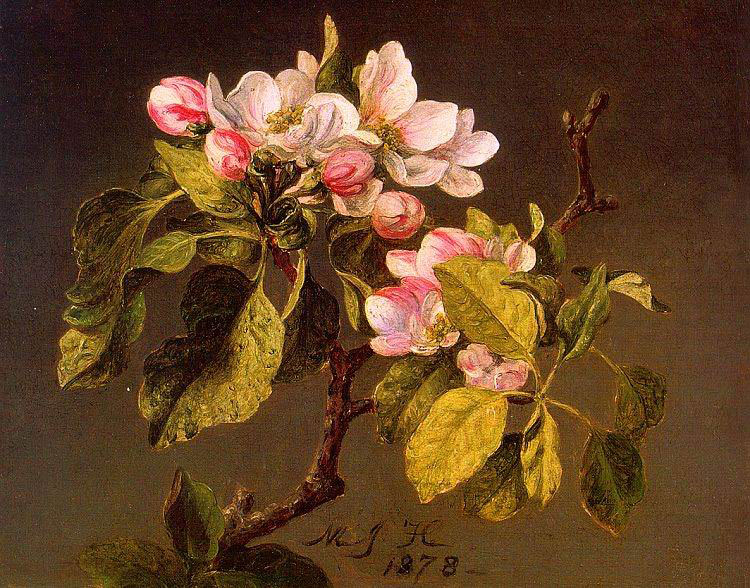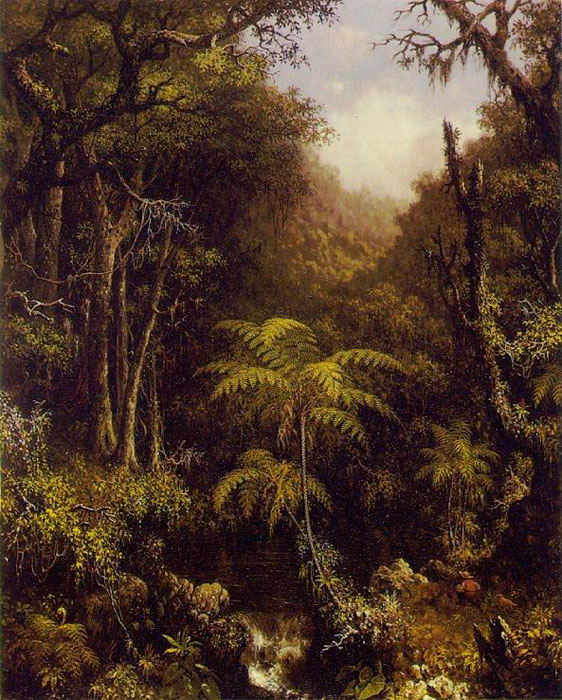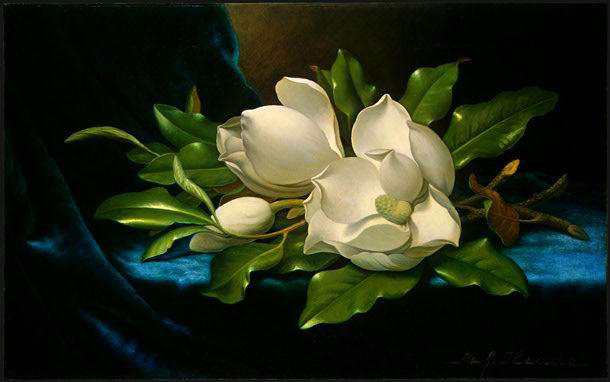Romanticism art movement
Romanticism was an artistic, literary and intellectual movement that originated in the second half of the 18th century in Europe, and gained strength in reaction to the Industrial Revolution. It was a revolt against aristocratic social and political norms of the Age of Enlightenment and a reaction against the scientific rationalization of nature. It was embodied most strongly in the visual arts, music, and literature. The modern sense of a romantic character may be expressed in Byronic ideals of a gifted, perhaps misunderstood loner, creatively following the dictates of his inspiration rather than the standard ways of contemporary society. Although the movement was rooted in the German Sturm und Drang movement, which prized intuition and emotion over Enlightenment rationalism, the ideologies and events of the French Revolution laid the background from which both Romanticism and the Counter-Enlightenment emerged. The confines of the Industrial Revolution also had their influence on Romanticism, which was in part an escape from modern realities; indeed, in the second half of the 19th century, “Realism” was offered as a polarized opposite to Romanticism. Romanticism elevated the achievements of what it perceived as heroic individualists and artists, whose pioneering examples would elevate society. It also legitimized the individual imagination as a critical authority, which permitted freedom from classical notions of form in art. There was a strong recourse to historical and natural inevitability, a zeitgeist, in the representation of its ideas.












